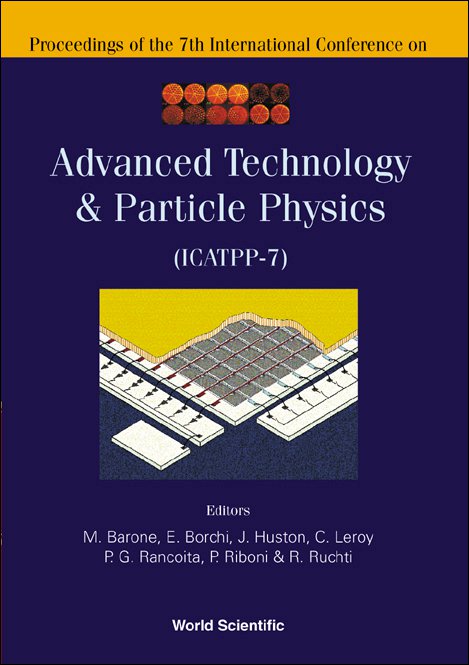DEVELOPMENT AND PERFORMANCES OF THE MAGIC TELESCOPE
The MAGIC Collaboration is building an imaging Čerenkov telescope at La Palma site (2200 m a.s.l.), in the Canary Islands, to observe gamma rays in the hundred-GeV region. The MAGIC telescope, with its reflecting parabolic dish, 17 m in diameter, and a two-level pattern trigger designed to cope with severe trigger rates, is the Čerenkov telescope with the lowest envisaged energy threshold. Due to its lightweight alto-azimuthal mounting, MAGIC can be repositioned in less than 30 seconds, becoming the only detector, with an adequate effective area, capable to observe GRB phenomena above 30 GeV.
MAGIC telescope is characterised by a 30 GeV energy threshold and a sensitivity of 6×l0-11 cm-2s-1 for a 5σ-detection in 50-hours of observation. In this report, some future scientific goals for MAGIC will be highlighted and the technical development for the main elements of the telescope will be detailed. Special emphasis will be given to the construction of the individual metallic mirrors which form the reflecting surface and the development of the fast pattern-recognition trigger.



